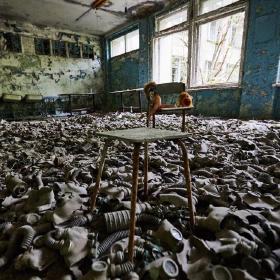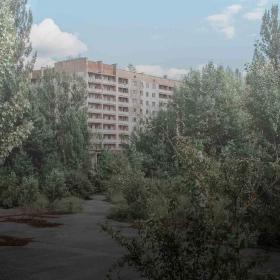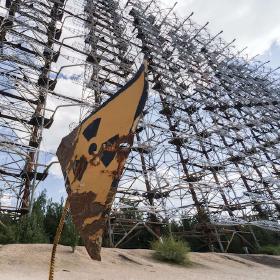Chernobyl



Thanks to the HBO miniseries, the story is fresh in everybody’s mind. The Soviets, largely through bad engineering decisions, suppression of critical safety information, and toleration of a toxic working environment, caused the worst nuclear accident in world history. The full extent of the damage was covered up for years. Eventually Pripyat was evacuated, and for decades the Exclusion Zone was forbidden for all but critical personnel.
Over time it’s turned into a tourist spot — first for guerrilla explorers who illegally snuck into the site, then later for official tour groups, as the radiation gradually subsided and the potential for making money increased. What you find is a city frozen in 1986 and gradually left to rot. You can tour the schools and the gymnasium, see the restaurant and the hotel and the grocery store, even have lunch in the same canteen that was in use during the time when the reactor was operational.
It’s still dangerous to wander around the site, but the radiation is mostly down close to background levels as long as you stick to the commonly visited paths. Time and the increasing numbers of tourists are changing the site; the buildings are getting more dilapidated each passing year, and the roads are increasingly encroached by the forest. I’m glad I visited when I did, since the miniseries has sparked an uptick in tourism and there’s been a corresponding crackdown on what you can and can’t do — climbing the stairs in the apartment buildings is now off-limits. Eventually there will need to be interventions to keep the roads clear and the buildings stable.
But it’s still worth visiting, and seeing for yourself. We can visit places like Ephesus or Tikal and think about the ancient forces which resulted in these grand civic works to be abandoned. Chernobyl reminds us that’s a modern phenomenon too, and if we’re not conscientious and careful, we can turn just about any place into a ghost town.